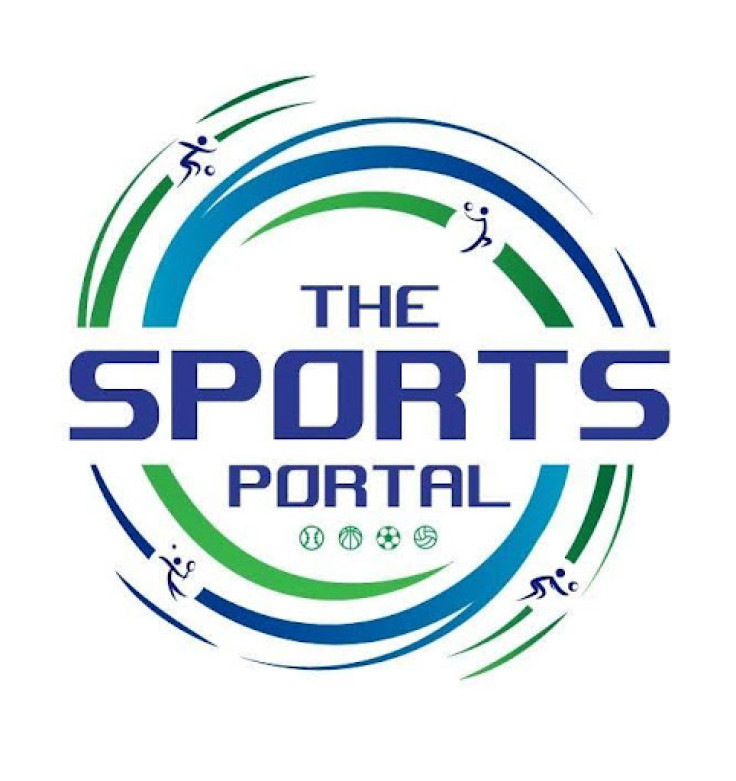Many see sports as a means to an end, teaching athletes life lessons. If a player is skilled enough, their love of their sport can become an eventual professional career. On the other hand, for most youths, their identity is wrapped around their sports performance, and excelling is a validation of their self-worth. Becoming a professional athlete becomes a source of pride, as it proves that they are among the best in the country in their respective sports.
Furthermore, for more popular sports, such as football, basketball, and baseball, making it to the pros could mean a six- to seven-figure income and a chance to lift themselves and their families out of poverty.
However, the reality is that very few people who pick up a sport are good enough to become a professional. According to Maurice Barnett, a parent, coach, entrepreneur, and founder of The Sports Portal and nonprofit organization Sports for Amateur Athletes (SAA), the pathway to the pros is a huge funnel. It's huge at the top and anyone can enter, but it gets narrower and narrower, and almost everyone ends up dropping out at some point. Some people see not making it through the funnel as failure, so many don't even try or avoid sports altogether.

Barnett disagrees with this kind of thinking, arguing that many of the lessons and skills athletes learn through sports can help them become a good doctor, lawyer, engineer, or any other profession someday. This is the mission of Sports for Amateur Athletes – to help every athlete, regardless of their background or circumstances, have the opportunity to engage in sports that inspire them.
"We believe that sports has a transformational power on individuals and their development," Barnett says. "Participating in sports builds not only athletic skills but also character, resilience, and a sense of community, and making the pros isn't the be-all and end-all of sports. The personal and development growth is not like the opportunity of making 1 of the 30 teams, everyone has the opportunity to benefit. All over the world, there is a need for more doctors, teachers, or engineers. Here, the funnel is inverted, and sports can help the youth navigate life's challenges in other areas of their life. This is why, when young people do enter into the sports funnel, we need coaches, program directors and other caretakers who ensure that they stay inspired and accomplish whatever they choose to accomplish. That's SAA's main goal."
A 501(c)(3) nonprofit, SAA finds organizations that have good sports programs and coaching but are in need of resources, then helping them raise funds so they can keep their programs going. Aside from monetary donations, SAA also helps these programs obtain equipment such as balls, shoes, and uniforms, as well as assistance for transportation and accommodations when playing in another city. To ensure transparency and increase its fundraising capabilities, SAA is building out a larger team as well as adding more board members

According to Barnett, SAA also seeks to help promising athletes who are struggling with their development due to potential offcourt circumstances. For example, it partners with nonprofits that provide literacy programs, helping the athletes catch up with their academics and ensure that they can properly balance their time between studies and sports.
"We believe that building partnerships and networks is important to magnify the impact of our charitable efforts. Partnering with multiple other nonprofits will allow us to help more young athletes, versus going at it alone and only being able to help one. With our partnership programs, we've been able to open doors for athletes and their families, allowing them to experience being part of these national circuits, which they would otherwise not be able to participate in without financial help."
The Sports Portal, Logo







